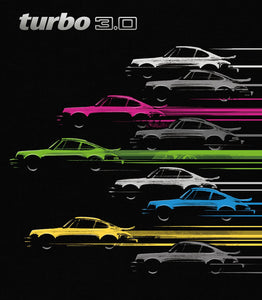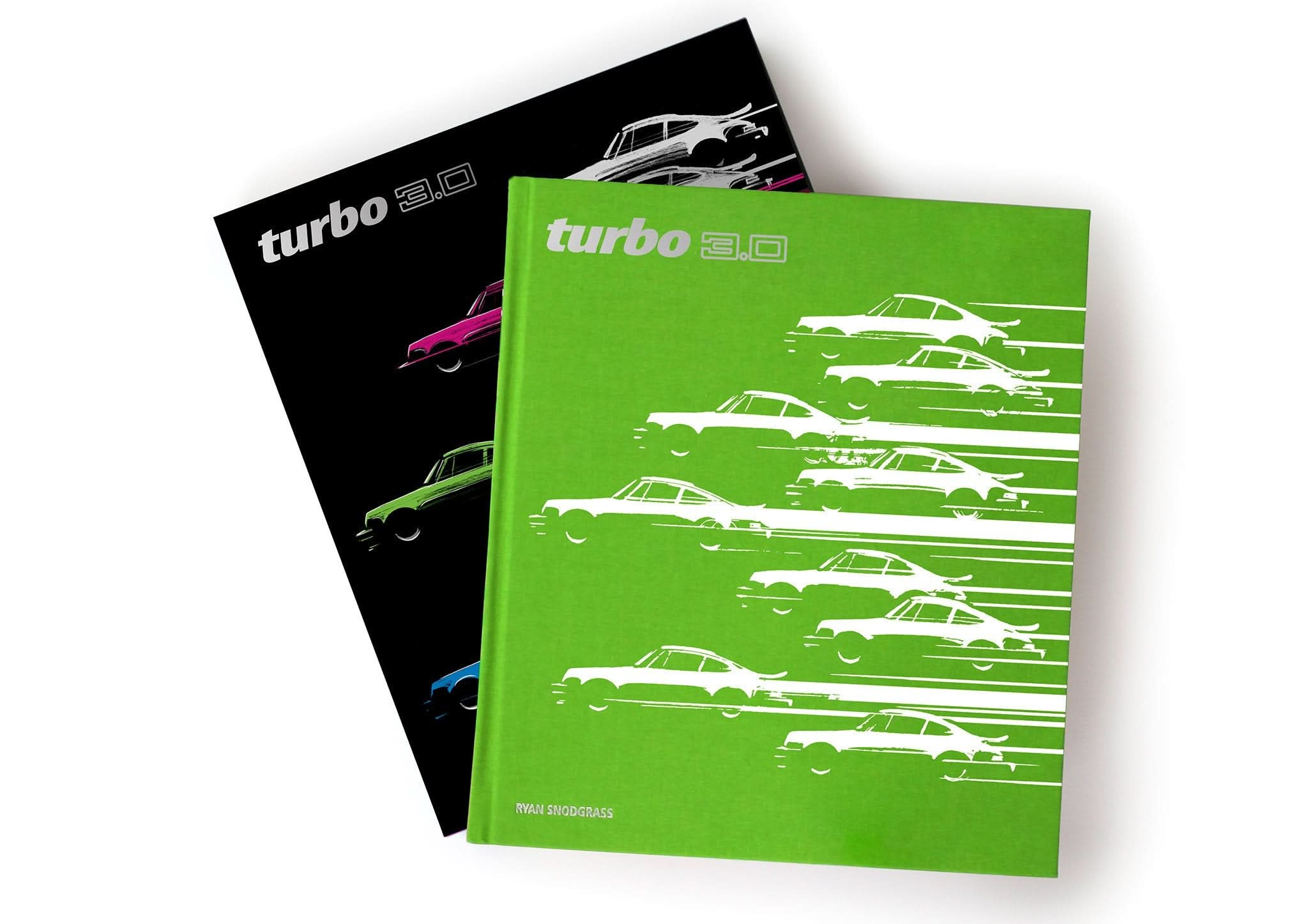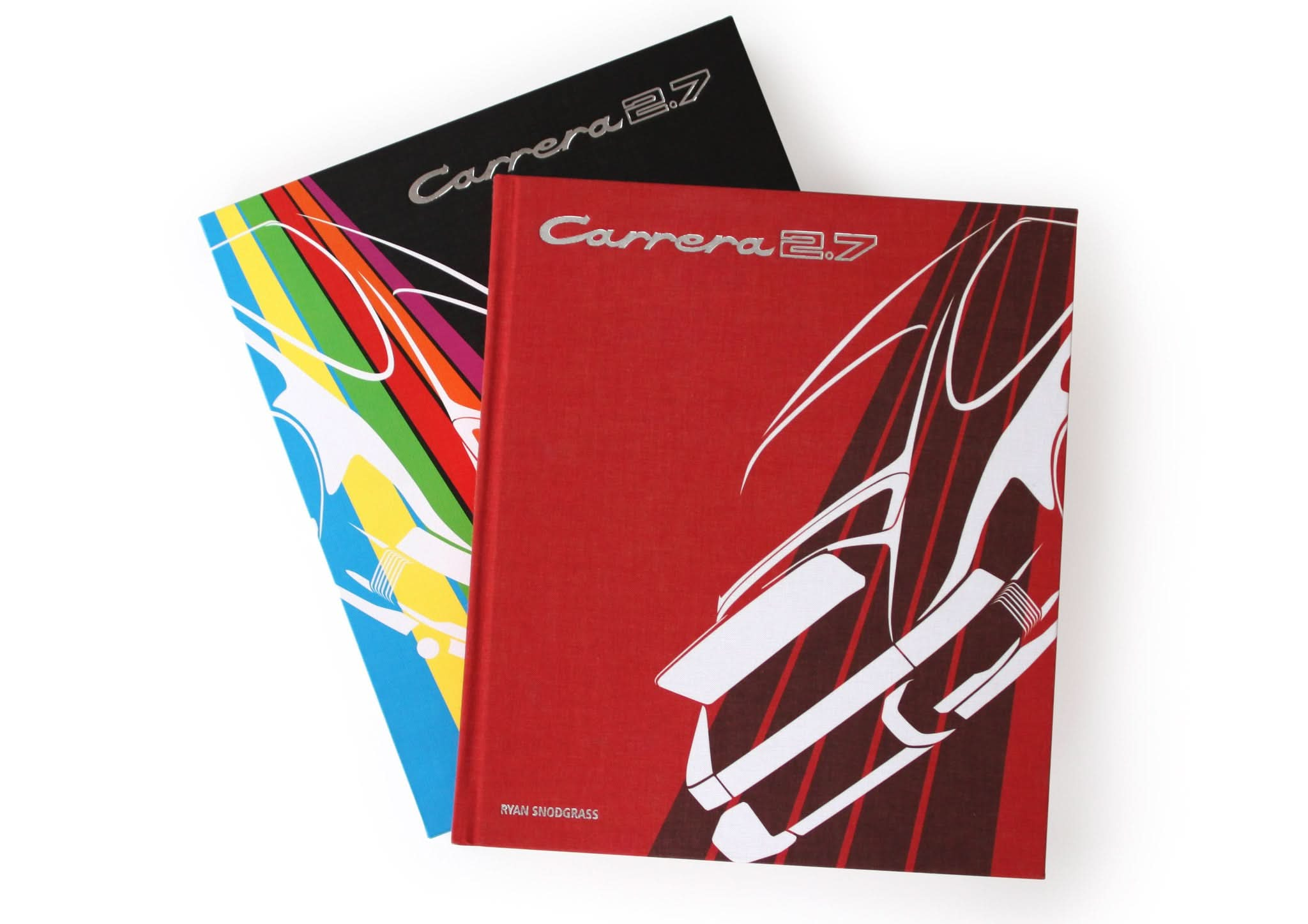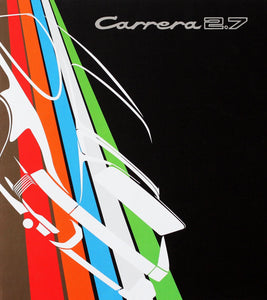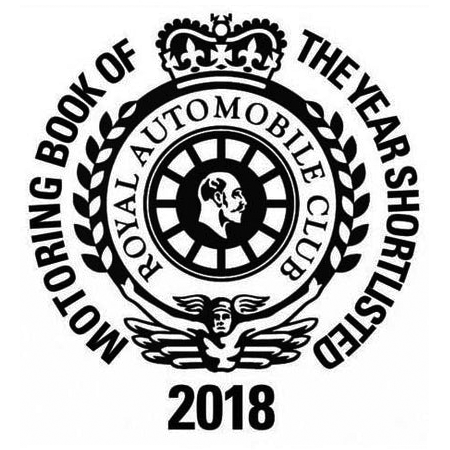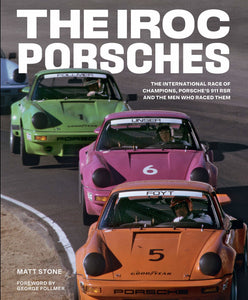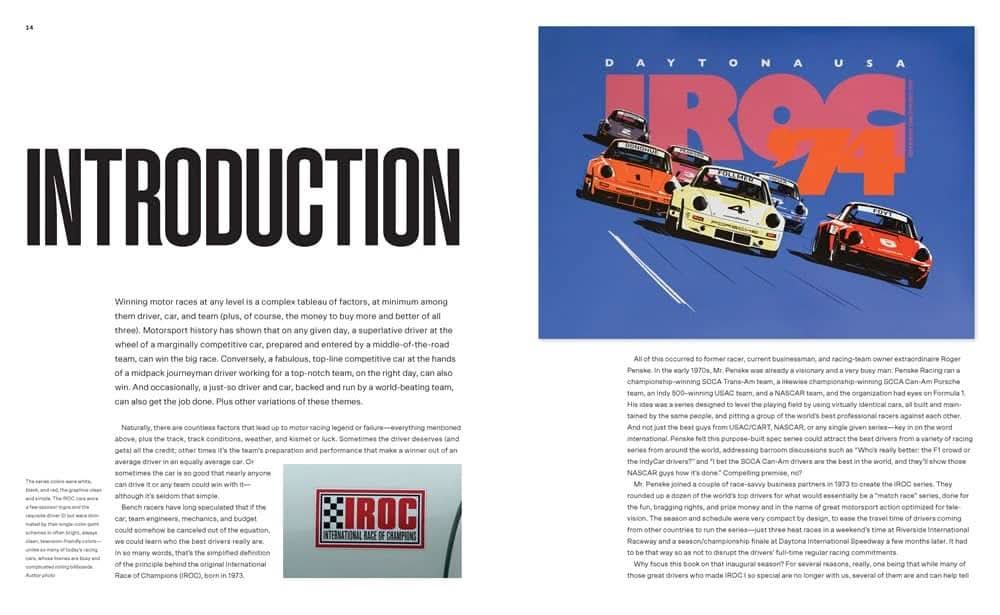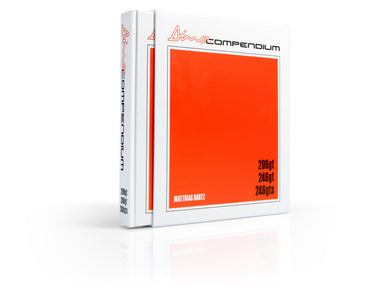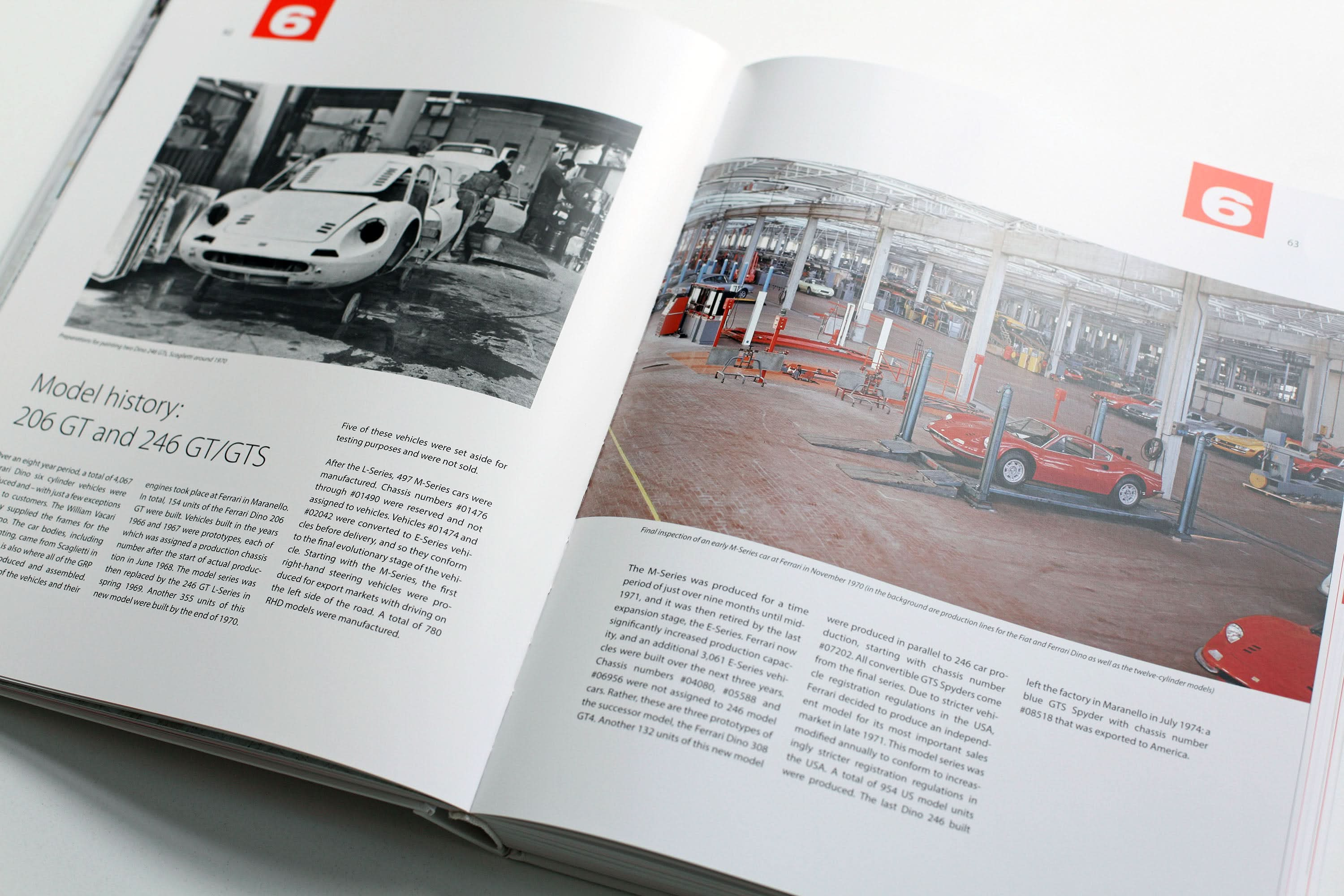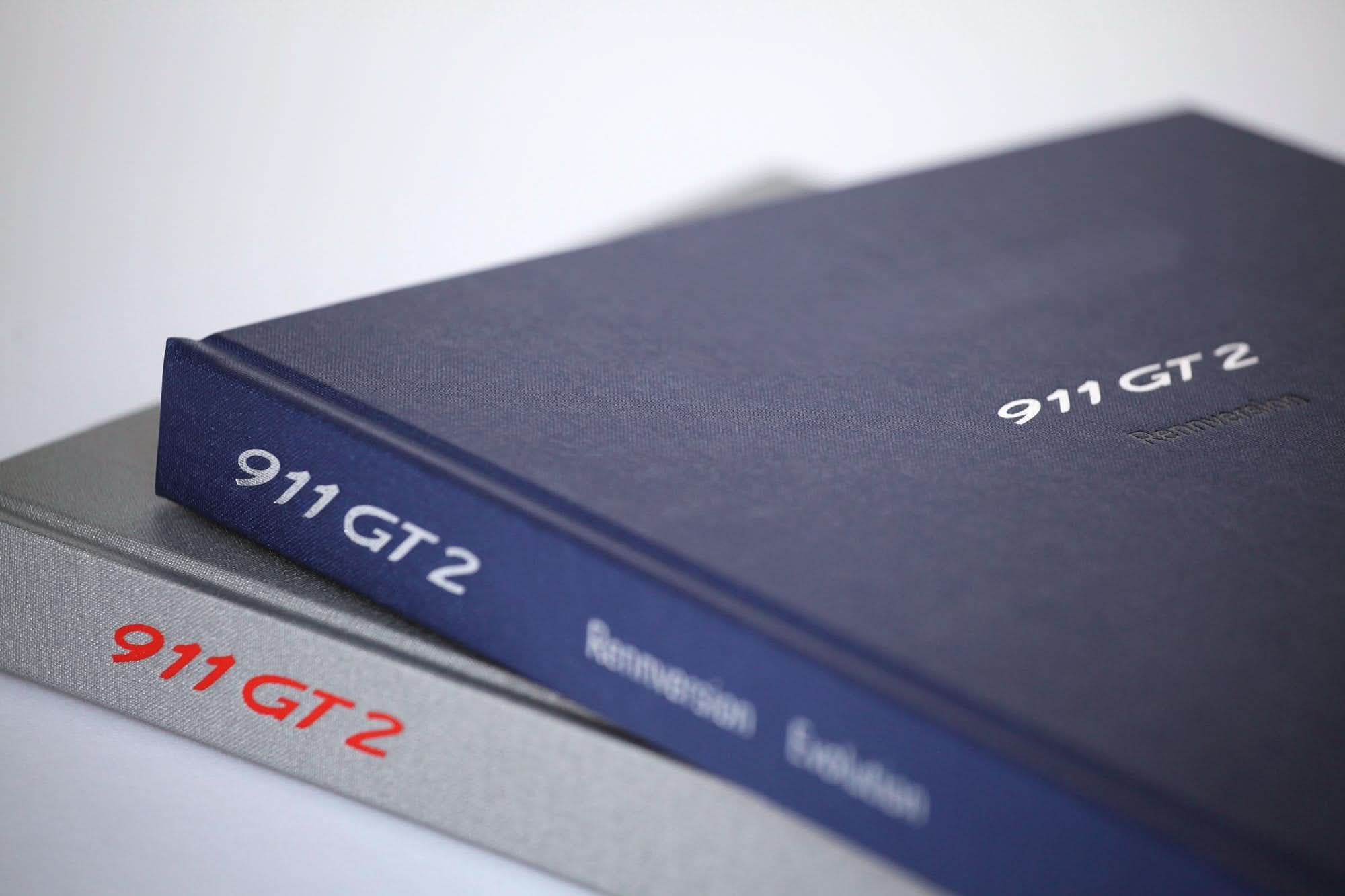Compare Books — Parabolica Press
 Carrera 2.7 Limited Edition |
 Carrera 2.7 Publisher's Edition |
 Turbo 3.0 Limited Edition |
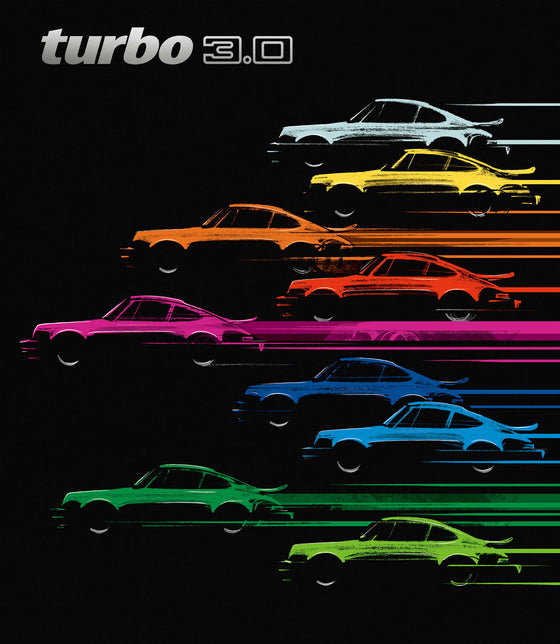 Turbo 3.0 Publisher's Edition |
|
| Retail Price (before tax) |
SOLD OUT
|
SOLD OUT
|
$450 USD |
SOLD OUT
|
| Estimated European Price (including VAT/duty/import) |
SOLD OUT
|
SOLD OUT
|
450 EUR |
SOLD OUT
|
|
|
|
|
|
300 (Signed) |
| Customer Rating |  |
 |

|

|
| Language |
|
|
|
|
| Pages | 406 pages | 406 pages + 16 page Supplement |
536 pages | 536 pages + 20 page Supplement |
| Photos | 684 color photos 146 b/w photos 50 illustrations |
684 color photos 146 b/w photos 50 illustrations |
1,113 color photos 315 b/w photos 60 illustrations |
1,113 color photos 315 b/w photos 60 illustrations |
| Word Count |
|
|
|
|
| Cover Material | Mexico Blue Linen |
India Red Linen |
Lime Green Linen |
Continental Orange Linen |
| Case | Art Slipcase | Art Slipcase | Art Slipcase | Art Clamshell Box |
| Special Features | None | 16-page Supplement | None | 20-page Supplement + special archival folder containing historical Turbo material |
| Supplement | None | Behind the Scenes (Part 1) |
None | Behind the Scenes (Part 2) |
| Index | None | Yes | None | None |
| Errata | Yes | Yes | Yes | Yes |
| Printing | 4C + spot color + flood varnish |
|
|
|
| Paper | acid-free, archival semi-coated matte paper (150 gsm) |
semi-coated matte paper (150 gsm) |
acid-free, archival matte silk paper (170 gsm) |
acid-free, archival matte silk paper (170 gsm) |
| Size | 10.6 × 12.28 inches 27.0 × 31.2 cm |
10.6 × 12.28 inches 27.0 × 31.2 cm |
10 ¾ × 12 ¾ inches 27.3 × 32.4 cm |
11 ¼ × 13 ¼ inches 28.6 × 33.7 cm |
| Weight | 8.4 lbs (3.8 kg) | 8.4 lbs (3.8 kg) | 11.5 lbs (5.2 kg) | 13.5 lbs (6.1 kg) |
| ISBN | 978-0-9962682-8-8 | 978-0-9962682-0-2 | 978-0-9962682-4-0 | 978-0-9962682-6-4 |
| Availability | October 2015 | October 2015 | August 2018 | August 2018 |
| Ordering | BUY NOW | SOLD OUT | BUY NOW | SOLD OUT |
News
Elferspot Magazine - March 2021
Octane Magazine — Turbo 3.0 Review
Review of the Turbo 3.0 book in Octane magazine's October 2019 issue:
We'll come clean: this book was released last year but our review copy was mislaid during Octane's hastily carried-out office relocation form Bedfordshite to London. It's author, Ryan Snodgrass, very kindly offered to send us another one—and we're so glad he did, because this is a truly exceptional work.
A companion volume to Snodgrass' previous magnum opus, Carrera 2.7, this mammoth 536-page tribute to the Porsche 911 Turbo is printed on creamy archival paper and presented in a stout slipcase. Pay extra for the 300-off Publisher's Edition and you get an even stouter clamshell box that additionally houses convincing reproductions of Porsche ephemera such as press releases and photos, and actual 35mm colour slides, plus a 20-page supplement on how the book was put together.
Is either version worth the money? Emphatically yes, because the level of detail and the production values are stunning. To give just two examples: expert financial book-keepers were hired to check the production data for all 2819 Turbos built; and because no detailed cutaway drawing was ever made of the Turbo, noted cutaway artist Makoto Ouchi was commissioned to draw on. The print specification—which apparently involved '15-micron stochastic hybrid screens' and 'special wide-gamut inks'—will have any bibliophile salivating over their silkscreened linen slipcase.
Every possible aspect of the 1975–77 Turbo is covered in depth: development, build, mechanical, design, one-offs and special editions, racing versions... There's even a spread devoted to specific tyre inflators, jacks and plastic gloves supplied by Porsche for the Turbo's space-save tyre.
As you'll have gathered, we're impressed. It's taken a while for Turbo 3.0 to make it into these pages, but it was well worth the wait.
—Mark Dixon
Panorama Editor-in-Chief picks Turbo 3.0 As Best Book
"Ryan Snodgrass's book on early Porsche Turbos is probably the greatest single model book that I've ever seen in my life. I have not been able to put it down since getting it. It is just full of every bit of geeky goodness about those cars. It is phenomenal."
Of course, when asked at 0:28:07 by Mark Green if manifested into a car, what kind of car would Robb Sass be, his affinity for the Turbo was clear. Sass answered he'd like to be a 1975 or 1976 Turbo Carrera, the first generation Turbo: "I think that they are kind of a little bit edgy. It was the height of the malaise era. A car I really respect as when everything else was slow and crappy, you had this car that would go 0 to 60 in about 5 seconds. Performance on par with a muscle car from ten years before at a time when people were building the Mustang II. If I could aspire to be any car...I'm not a 75-76 Turbo Carrera, but if I could that is probably what it would be as it was so shocking and so surprising and a little bit unpredictable." "Porsche never got the memo that the malaise era was going on."
Exceptional Third-Party Monographs
Excellent books which extensively dive into the nuances of specific models or narrow themes, often by authors & publishers that have worked closely with Parabolica Press.






